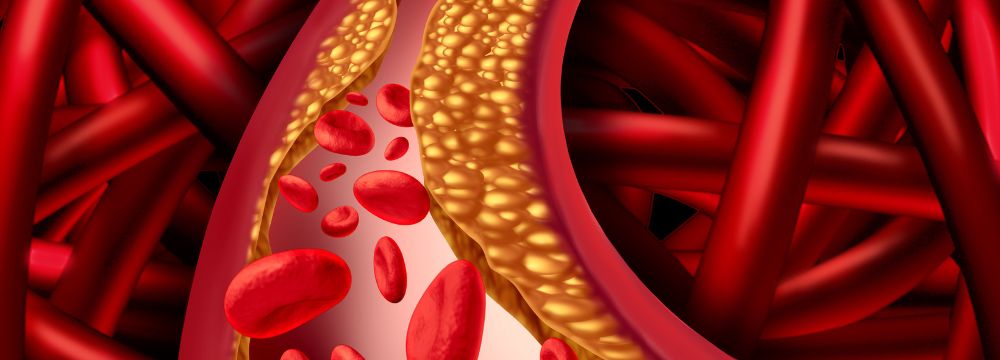Peripheral Artery Disease, or PAD, is a significant medical concern and has affected more Americans as our lifestyles have become decidedly less healthy. PAD represents the narrowing of the arteries or atherosclerosis in the body’s extremities. While PAD can affect the arms and legs, it is far more common in the legs. PAD is estimated to affect up to 6 million Americans, most of whom are over 60. While it affects men and women and people of all races, men and African Americans tend to have an increased risk.
When we discuss PAD with our patients, we bring up the risk factors, most of which are modifiable. Of course, aging is part of the PAD puzzle, but patients suffering from PAD often have plenty of room to improve their habits. Following are four changes you can make, starting immediately, to help stop or reverse the disease’s damaging effects.
Stop Smoking
We know that is easier said than done, but once you have PAD (and even before), quitting is non-negotiable. Unfortunately, patients who continue smoking increase the likelihood of severe pain in their extremities and ultimately may nerve damage, muscle wasting, and amputation over the longer term. At best, their lives and lifestyles will be compromised, and they won’t be able to enjoy many activities they would have hoped to.
Start Hydrating
PAD involves the narrowing of the arteries in the arms and legs. Hydrating properly can allow blood to flow more freely, meaning that even with the narrowing due to atherosclerosis, more blood can reach the extremities. This is critical to helping the PAD lifestyle changes we’ll be discussing next – diet and exercise. By hydrating throughout the day, you will be more likely to exercise, and you are less likely to overeat.
Start Dieting
Even small amounts of excess weight can take their toll on the body and the heart. Today, with a great deal of added stress, we tend to liberalize our diet and consequently put on weight. But dieting does not have to be extreme –it shouldn’t be. Instead, a proper diet is simply enjoying many foods you love, but in moderation. Start by cutting out the most egregious foods and drinks like soda, juices, and large desserts. Pay more attention to what you’re eating at a restaurant. Or, cut down on how often you go out to eat, opting instead for healthier home-based meals.
Exercise
A lack of motion – a sedentary lifestyle – is a leading cause of weight gain and heart problems. It is tempting to go all out with your exercise right from the beginning, but the pain from PAD may limit you. Instead, think of your exercise program as a marathon more than a sprint. Start with short walks, as often as possible, and then walk a little further each day. You can even start a mild strength training program and burn more calories at rest.
Of course, any lifestyle changes to prevent further damage from PAD should be cleared by your cardiologist. As you embark on these changes, your cardiologist may prescribe medication or suggest that you undergo an interventional procedure to address any existing problems and get you back on track. It is critical to remember that it is never too late to improve your lifestyle – PAD or not. Instead, use all the resources available from Dr. Farrugia to give yourself the best chance of reversing this debilitating disease and avoiding its most severe consequences.


Recent Comments